If your petunias are wilting, yellowing, and looking generally unhealthy, it may be a sign that they are overwatered. Here are 5 signs that your petunias are overwatered, and what you can do to fix the problem.
Underwatering symptoms versus overwatering symptoms
If you’re not sure whether you’re underwatering or overwatering your petunias, there are a few key symptoms to look for. Overwatered petunias will have wilted, yellow leaves, while underwatered petunias will have dry, brown leaves. Overwatered petunias may also have root rot, while underwatered petunias will have stunted growth.
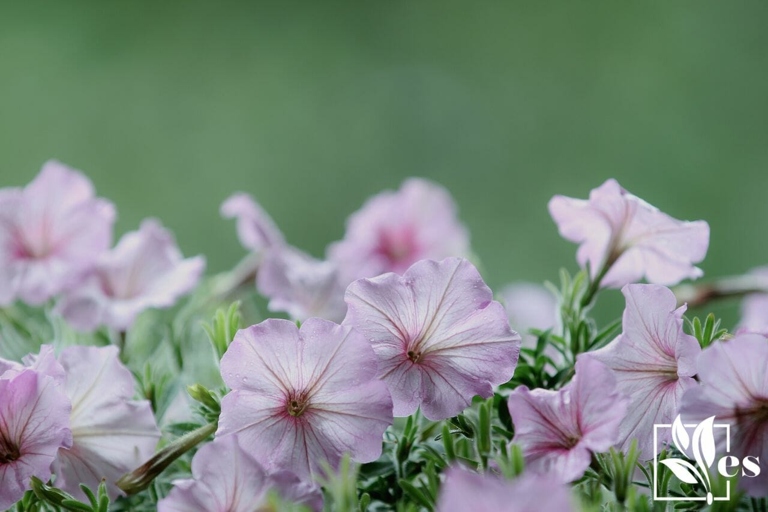
If you think you may be overwatering your petunias, the best solution is to let the soil dry out completely before watering again. If you think you’re underwatering your petunias, water them deeply and regularly, making sure the soil stays moist but not soggy.
Signs of Overwatered Petunia
Too much water and your plants can drown; too little water and they’ll wilt and die. So how can you tell if you’re giving your plants too much water? If you’re a gardener, you know that one of the most difficult things to do is to figure out how much water your plants need.
Here are five signs that your petunias are overwatered:
The leaves are wilting. 1.
If the leaves of your petunias are wilting, it’s a sign that they’re not getting enough oxygen. When the roots are constantly wet, they can’t breathe and the plant starts to suffocate.
The leaves are yellow. 2.
Yellow leaves on petunias are another sign of overwatering. When the roots are waterlogged, they can’t take up nutrients from the soil and the leaves start to turn yellow.

The leaves are dropping off. 3.
If the leaves of your petunias are falling off, it’s a sign that the plant is dying. Overwatered petunias will often drop their leaves before they drop their flowers.
The stems are soft. 4.
When the stems of your petunias are soft, it’s a sign that the plant is not getting enough support. The stems can’t hold up the weight of the leaves and flowers and they start to sag.
The plant is rotting. 5.
If your petunias are rotting, it’s a sign that they’re not getting enough air. When the roots are waterlogged, they can’t get the oxygen they need and the plant starts to decompose.
How to Fix Overwatered Petunias
While it’s important to keep petunias hydrated, too much water can cause root rot and other problems. Then, water your petunias deeply but less often, and be sure to use a well-draining pot or planter. To fix overwatered petunias, start by allowing the soil to dry out completely. If your petunias are still struggling, try repotting them in fresh, dry soil. With a little care, your overwatered petunias should soon recover. If you notice your petunias wilting, yellowing, or developing brown spots, it’s likely they’re being overwatered.
Step1: Tip Petunia from Pot
Here’s how to tell if your petunias are overwatered, and what you can do to save them: If your petunias are wilting, drooping, or looking generally unhealthy, it may be a sign that they are overwatered.
Check the soil. 1.
The first step is to check the soil. If it is soggy or wet, then your petunias are probably overwatered.
Check the leaves. 2.
If the leaves are yellow, wilted, or falling off, it is another sign that your petunias are overwatered.
3. Check the stems.
If the stems are soft or mushy, it is another sign of overwatering.
4. Check for root rot.
This can kill your plant, so it is important to check for it. One of the most serious signs of overwatering is root rot. If you see brown or black roots, or if the roots seem to be decaying, it is a sign of root rot.
Take action. 5.
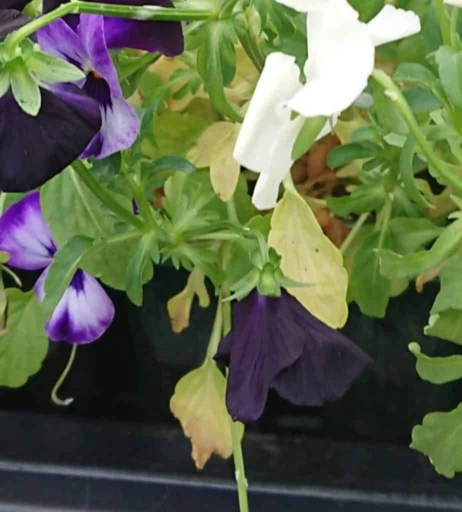
The first step is to stop watering them so much. If you see any of these signs, it is important to take action to save your petunias. Let the soil dry out, and then only water them when the soil is dry to the touch. If the plant is still not looking healthy, you may need to repot it in fresh, dry soil.
Step 2: Trim off Infected Roots
If your petunias are overwatered, you’ll need to take action to save them. The first step is to trim off any infected roots. This will help to prevent the spread of the infection and allow the plant to focus its energy on healing.
Cut away any roots that are brown or black in color. If you’re not sure which roots are infected, it’s better to err on the side of caution and trim off more than less. You’ll need a sharp knife or pruning shears for this task.
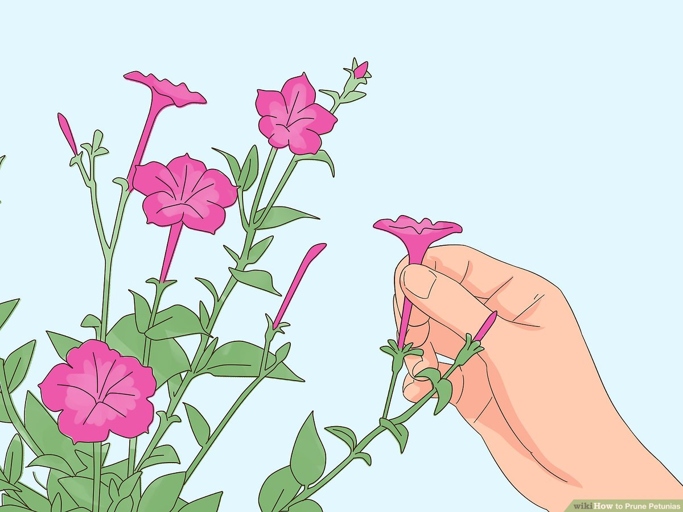
Be sure to water them carefully, as overwatering is what got you into this situation in the first place! Once you’ve trimmed away the infected roots, you can replant your petunias in fresh soil.
Step 2: Ensure Drainage Capacity of The Pot
If the pot does not have drainage holes, the roots will become waterlogged and the plant will suffocate. If the pot does have drainage holes, make sure the holes are not blocked and that the pot is not sitting in water. The roots need oxygen to breathe, and if they are constantly wet, they will rot.
Step 3: Repotting Petunia
If your petunia is wilting, yellowing, or its leaves are drooping, it may be overwatered. To save your plant, follow these steps:
Remove the plant from its pot and check the roots. 1. If they’re soggy or mushy, it’s time to repot.
Choose a new pot that’s about 2 inches wider than the old one. Fill it with fresh potting mix. 2.
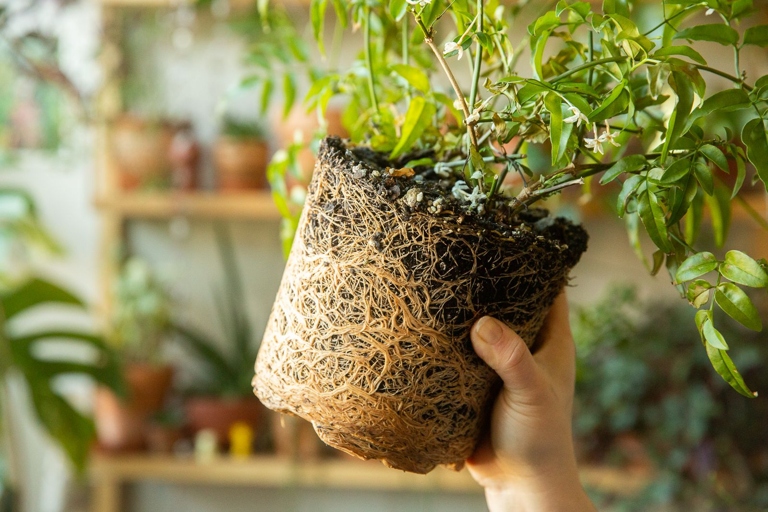
3. Water it well. Gently loosen the roots and replant your petunia.
Allow the soil to dry out slightly between watering. 4. Place the pot in a sunny spot and keep an eye on the moisture level.
How to Water a Petunia
If it’s soggy or feels dense, it’s probably overwatered. Third, check the stems. If you see any of these signs, stop watering your petunias and let the soil dry out. Once the soil is dry, you can start watering again, but be sure to water less frequently. If you suspect your petunias are overwatered, there are a few things you can do to save them. If they’re drooping or falling off, it’s a sign of overwatering. Finally, check the flowers. If they’re wilted or yellow, it’s a sign of overwatering. First, check the soil. If they’re soft or mushy, it’s a sign of overwatering. Second, check the leaves.
Watering Rules
If your petunias are wilting, have yellow leaves, or are otherwise looking unhealthy, it’s possible you’re overwatering them. Here are a few watering rules to help you get it right:
Check the soil before watering. If it’s still moist, wait a day or two before watering again. 1.
Water in the morning so the leaves have time to dry before nightfall. 2.
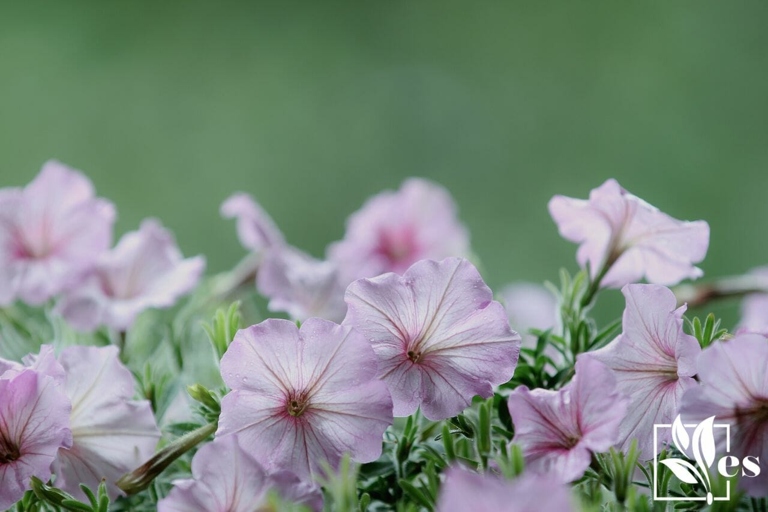
3. Avoid getting water on the leaves, as this can promote fungal growth.
4. If you’re using a watering can, be sure to water slowly and evenly so the roots have time to absorb the water.
This will help them stay healthy and resist disease. Lastly, don’t forget to fertilize your petunias regularly. 5.
Watering Frequency
The leaves may yellow and wilt, the stems may become spindly, and the flowers may drop prematurely. If you’re watering your petunias too often, you may notice some telltale signs. If you see any of these signs, it’s time to cut back on the watering.
In general, petunias grown in pots need to be watered more often than those grown in the ground. How often you need to water your petunias depends on a few factors, including the type of soil, the weather, and the size of the pot.
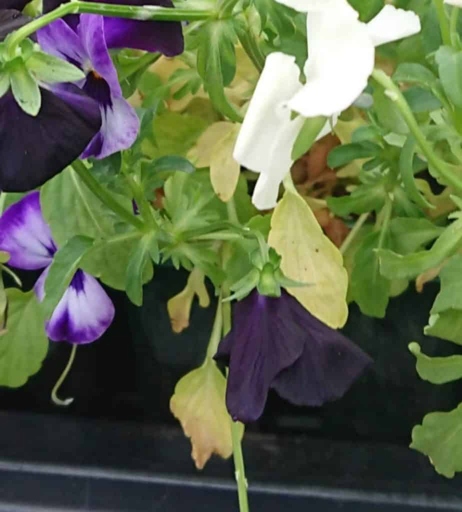
If you’re not sure how often to water your petunias, err on the side of caution and water them less often. It’s better to underwater your petunias than to overwater them.
Factors Influence Watering Frequency
Watering frequency for petunias depends on a variety of factors, including weather, temperature, humidity, and the type of petunia.
If the weather is particularly humid, you may need to water your petunias more often. In general, petunias need to be watered every day during hot weather and every other day during cooler weather.
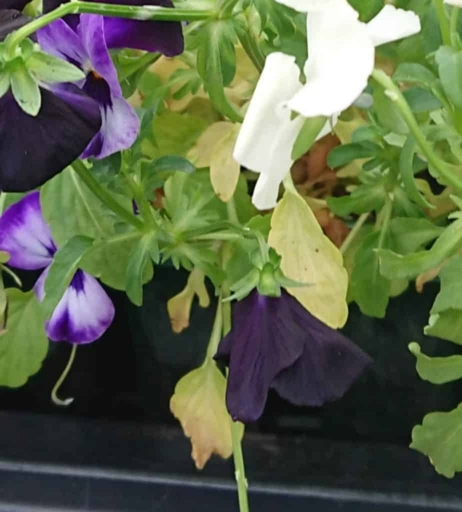
For example, standard petunias need more water than trailing petunias. The type of petunia also affects watering frequency.
The soil should be dry to the touch before you water. Also, be sure to empty any water that collects in the saucer under the pot. To avoid overwatering your petunias, it’s important to check the soil before watering.
Water Quality
Here are five signs to look for: So, how can you tell if you’re overwatering your petunias? Too much or too little water can ruin your plants. If you’re a gardener, you know that one of the most important things to pay attention to is the watering.
1. The leaves of your petunias are wilting.
The petunias are developing yellow or brown spots on their leaves. 2.
The petunias are developing mold or mildew on their leaves. 3.
The petunias are not blooming as much as they should be. 4.
The petunias are developing root rot. 5.

Overwatering can be just as harmful to your plants as underwatering, so it’s important to pay attention to your plants and make sure they’re getting the right amount of water. If you see any of these signs, it’s important to take action to correct the problem.
How Much and When to Water
Here are a few signs that you may be overwatering your petunias: However, too much water can actually kill your petunias. This can be a common problem, as many people think that more water is always better. When it comes to watering your petunias, it is important to not overwater them.
1. The leaves of your petunias are wilting or turning yellow.
The stems of your petunias are weak and spindly. 2.
3. Your petunias are not blooming as much as they used to.

There is water pooling around the base of your petunias. 4.
Let the soil dry out somewhat between watering, and make sure that the pot has drainage holes so that the water can drain out. If you see any of these signs, it is important to cut back on the amount of water you are giving your petunias.
Common Mistakes and Solutions
One of the most common mistakes gardeners make is overwatering their plants. This is especially true for new gardeners who are eager to see their plants thrive. Overwatering can lead to a number of problems, including root rot, yellowing leaves, and stunted growth.

First, make sure you’re watering your plants at the right time of day. Fortunately, there are a few easy solutions to overwatering. Finally, make sure you’re using the right size watering can or hose. Watering too much at once can overwhelm the roots and lead to overwatering. Watering in the morning or evening, when the sun is not as strong, will help prevent evaporation. If it is, wait a day or two before watering again. Second, check the soil before watering to see if it is already moist.
By following these simple tips, you can avoid overwatering your plants and keep them healthy and happy.
Final Words
If you’re noticing that your petunias are wilting, yellowing, and generally looking unhealthy, it’s possible that you’re overwatering them. Here are a few signs that you may be giving your petunias too much water:
1. The leaves are yellow or wilted.

The soil is soggy or waterlogged. 2.
3. The plant is growing more slowly than usual.
4. The petunias are dropping leaves or flowers.
With a little care, your petunias should soon be looking healthy and vibrant again. If you think you may be overwatering your petunias, the best solution is to cut back on watering and allow the soil to dry out somewhat between watering.
Frequently Asked Questions
1. What are the 5 signs of overwatered petunias?
The 5 signs of overwatered petunias are: wilting, yellowing, leaf drop, stunted growth, and root rot.
2. Why do overwatered petunias wilt?
Overwatered petunias wilt because they are not getting enough oxygen to their roots. The waterlogged soil prevents oxygen from getting to the roots, causing the plant to wilt.
3. Why do overwatered petunias yellow?
Overwatered petunias yellow because they are not getting enough nutrients. When the roots are waterlogged, they are not able to take in nutrients from the soil, causing the leaves to yellow.
4. Why do overwatered petunias drop their leaves?
Overwatered petunias drop their leaves because they are stressed. The lack of oxygen and nutrients causes the plant to drop its leaves in an attempt to conserve energy.
5. Why do overwatered petunias have stunted growth?
Overwatered petunias have stunted growth because they are not getting enough of the nutrients they need to grow. The waterlogged soil prevents the roots from taking in nutrients, causing the plant to grow slowly.
6. What is root rot?
Root rot is a condition caused by overwatering where the roots of the plant start to rot. The roots can no longer take in water or nutrients, causing the plant to die.
Final thoughts
The key to success with petunias is to water them regularly, but not to overwater them. Overwatered petunias will start to show signs of stress, which can include wilting, yellowing leaves, and stunted growth. If you see any of these signs, it’s important to take action to correct the problem.
